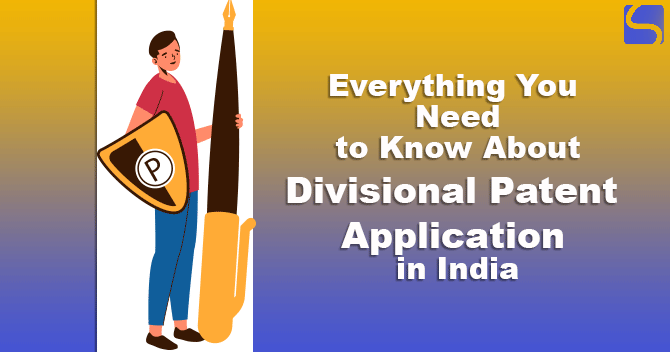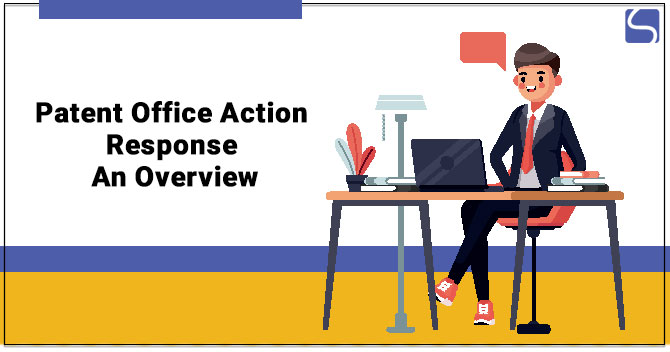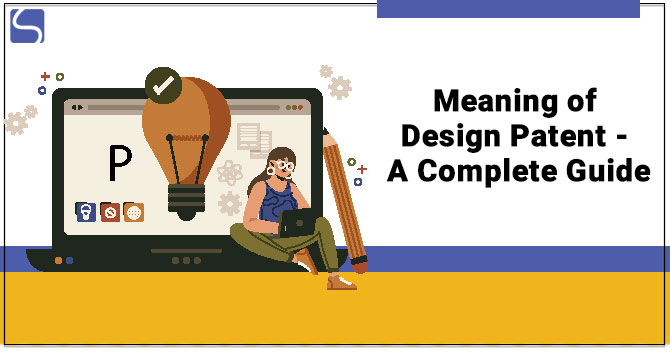Everything You Need to Know About Divisional Patent Application in India

Karan Singh | Updated: Dec 16, 2021 | Category: Patent
A Patent is an essential type of IPR (Intellectual Property Right), which gives the owner the exclusive right to their invention so that no one can use, copy, or reproduce it for a limited period of time. The Divisional Patent Applications are globally recognised under the Article 4G Paris Convention and in India, under the Patents Act, 1970. It is usually considered when your application for Patent Registration comprises many independent inventions, and thus, the Patent application lacks cohesion. Scroll down to check more information regarding Divisional Patent Application in India.
Table of Contents
Divisional Patent Application – Meaning
The Patent Laws began in 1911 with the enactment of the Indian Patents & Designs Act, 1911 and the Patents Act, 1970 (enforced in 1972), which was performed to consolidate all the Patent Laws in India & which were changed or amended in 2005. India also became a signatory to many global declarations, which strengthened its Patent Laws, and a particularly significant step was becoming a member of the TRIPS system.
Divisional Patent Application describes applications filed after the Patent application because of the multiple inventions being mentioned. The Divisional Patent Application ensures that the multiple inventions of the inventor are safeguarded separately. In this manner, the objections raised for the Patent report are also resolved in a correct manner. This safeguards the interest of the inventor. When you file an application with multiple inventions mentioned in it, the application will result in a lack of unity or consistency. In this matter, separate applications have to be filed, which will comprise inventions apart from the first one mentioned. The actual application will become the parent application of a Patent. The Divisional Patent Applications are considered as filed at the same time as parent applications, i.e., they get the same filing date. They can also claim the same priority.
Section 16 of the Patent Act, 1970[1] includes the provision for part of applications in India. This provision gives that such a claim for extra application should have been laid down in the complete specification concerning the first application. Moreover, it also states that such additional applications should be made with a full specification that shouldn’t have anything other than what was stated in the actual application. Such an application can be filed by the inventor if he or she desires so or if any objection is uplifted because of the full specification concerning more than one invention.
There is a clear necessity of difference between inventions in the same applications stated, and Section 10(5) confirms the same. According to Section 16(3), it is vital that the claims mentioned in the full specifications of the Divisional Patent Application should be dissimilar from that of the other as in India; a claim for the same invention is not permitted. The Controller has the power to check this.
What are the Conditions for Filing Divisional Patent Applications?
Following are the conditions for filing Divisional Patent Applications:
- If the applicant utters a wish to do so, or;
- In order to deal with the issue expressed by the Controller.
Therefore, the claims sought to be separated from the parent Patent application and registered in the Divisional Patent Application must be based on the matter revealed in the provisional specification already filed in relation to the 1st stated application, i.e., “if the invention’s claims revealed in one Patent application do not relate to a single invention or to a group of the inventions creating a single inventive concept, the candidate can file a further application as Divisional Application out of that application either of their own or when the Controller raises the objection of claiming more than one invention.
Moreover, where any overlapping of the claims in the patent application with the Divisional Application is viewed, the Controller may seek the changes in the provisional specification of the Divisional Application to confirm that there is no overlapping of claims between these applications. The later application shouldn’t comprise any claim that is already claimed in the parent application shouldn’t comprise any matter not revealed in substance in the provisional specification of the Patent application.
Can a Divisional Patent Application be filed at any time?
The Indian Patent Act (IPA) states that an individual who has filed a Patent application under the Indian Patent Act may, at any time before the issuance of the Patent Registration, file a further application regarding an invention revealed in the provisional specification already filed in respect of the first application, if he or she so desires, or to remedy the objection uplifted by the Controller on the level that the claims of the provisional specification relate to more than one invention.
Outcome of Filing a Divisional Patent Application
The Divisional Application and the provisional specification accompanying it are considered to have been filed on the same date as the Patent application & the additional application is regarded as a substantive application and inspected when the request for inspection is filed within the specified term. The Patent granted on a Divisional Application has a time period of twenty years from the filing date of the parent patent application.
Evaluation in Case of Claims in the Application Involve Multiple Distinct Inventions
Now we all understand that there has to be a variety in inventions to file Divisional Patent Applications. Most of the time, the Controller objects to the filing of such an application, specifying either that the application didn’t include multiple inventions or that the claims can be covered under the parent application & hence there was no need for the division. Hence, there is have to correctly outline when it can be said that there is a variety of inventions so that the correct Divisional Application of a Patent can be filed. For this case, in the Esco Corporation case, it was seen by the Appellate Board that accordingly Section 7 of the Patents Act 1970, every application of Patent has to be filed for one invention. Hence, a single inventive concept is only permitted per application as per the Act.
Conclusion
To wind up, the current process by Controllers to assess if the claims of Divisional Patent Application find their origins in the parent application is only comparing words, which is not too effective. Nowadays, the Divisional Application has become a tool to mislead the authorities. There is a need at the end of the legislature & managerial to feel the loopholes in the statute and its implementation & restrain frivolous applications, and also remove the uncertainty in interpreting the statutes.
Read our Article:Everything You Need to Know About Patent Term Extension in India














